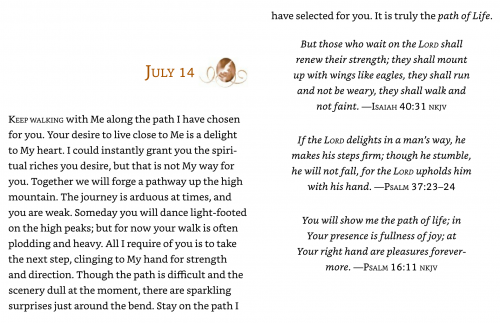Civil Rights Contemplative
Tuesday, July 14, 2020
Fannie Lou Hamer (1917–1977) is remembered for her strength and courage in the face of an oppressive system. During the Civil Rights Movement, she inspired others to reclaim their God-given dignity and demand full citizenship in the United States. CAC faculty member Barbara Holmes writes:
[Fannie Lou Hamer is] a contemplative exemplar because of her spiritual focus and resolve. Her practices spoke to the depth of her contemplative spirit. In the face of catastrophic suffering, Hamer worked, loved, sang, and resisted the powers that be. She was jailed, beaten, and hunted by the enforcers of the social order after registering to vote. The treatment was so brutal that [civil rights leader] Andrew Young was sent to get her out of jail. Yet, she was kind to jailers who had been beating her for a week. . . .
Hamer was centered; she drew power from the example of her parents in their struggle to transcend the impossible situation of their lives. She faced daunting odds, as she was not dealing with an abusive individual but instead the power of federal, state, and local governments and cultural traditions that deemed her to be a nonperson. This designation of non-personhood did not deter her, for her contemplative entry into a deeper “knowing” came through her commitment to nonviolence. Adherence to the spiritual disciplines of civil rights activism required that she love the crucifier, bless the torturer, embrace the jailer, and pray for his or her salvation. . . .
According to her friend Virginia Gray Adams, “her back hurt and her spirit waged war without proper food or medicine. So when the movement came, there was rest”—not the rest that pervades the lives of most contemplatives [or what many imagine of monks and mystics], but rest nonetheless. Rest as you tell Congress to let your people go. Rest as you testify and lead a delegation off the floor of the Democratic Convention. Rest comes as rest comes—sometimes in the great feather beds of the wealthy and sometimes just a step away from hard labor. When it comes, it is balm to the spirit and solace to the soul. This is a rest that wafts from a wellspring of intentional justice-seeking as spiritual practice. These practices allow one to live in and out of the body and to inhabit hope as an ethereal but more permanent enfleshment. Fannie Lou Hamer was cloistered in an activist movement, finding her focus, restoration, and life in God in the midst of the beloved community already here and yet coming. . . .
Once upon a time there was a contemplative mother, a brave and wise woman of few words who entered the Civil Rights Movement as a [novice] enters a convent—not for retreat but for the restorative love of the community and the space to fight for justice.
